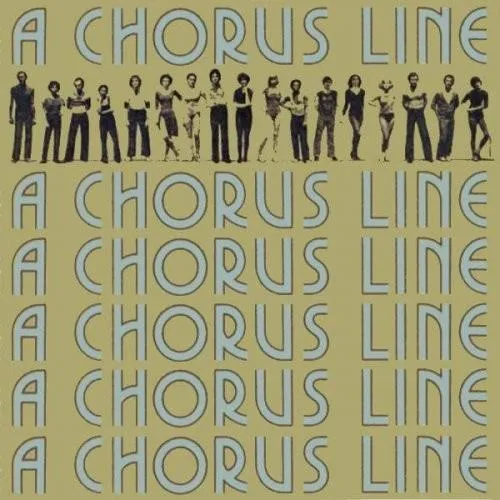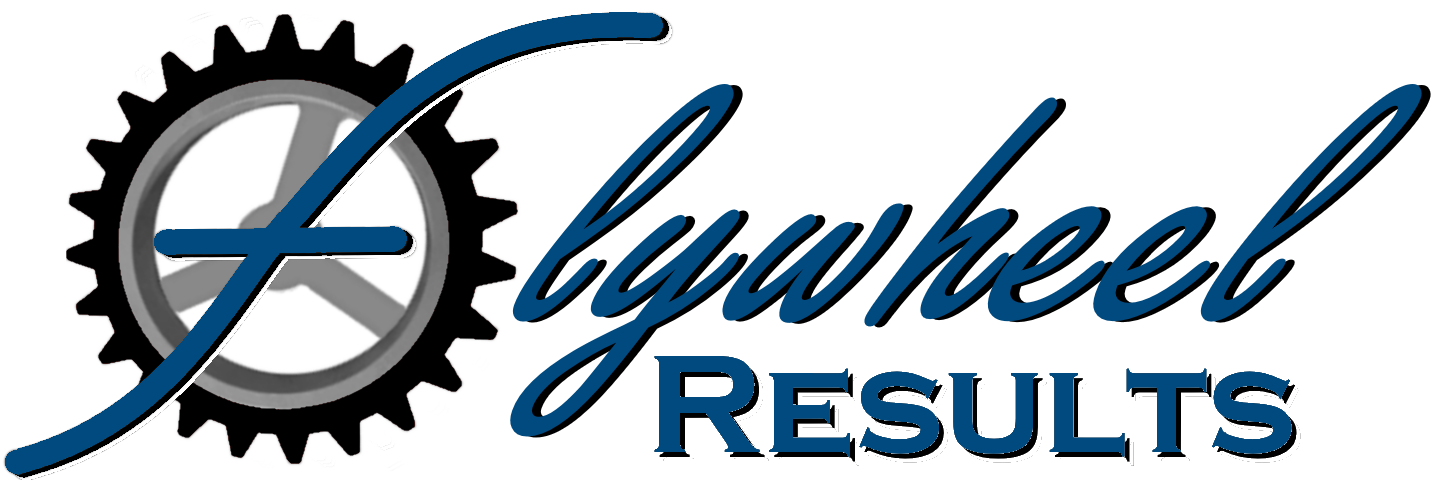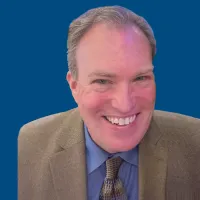Flywheel Thoughts
Latest Posts

“Who am I anyway? Am I my resume?”
Growing up, Saturday afternoons were for housecleaning. And what better way to get housework done than to have music blaring? My Mom loves Broadway musicals. One of her favorite soundtracks is the “A Chorus Line” LP. To this day I still know most of the lyrics.
One of the songs, “I Hope I Get It” includes the lyrics -
Who am I anyway?
Am I my resume?
That is a picture of a person I don't know.
This song was a part of my Saturday routine long before I even knew what a resume was, yet those lyrics have still stuck with me to this day.
I have since gone on to learn what a resume is (and isn’t). I have written and updated my resume numerous times. Always wanting to create the “perfect” resume, over the years I have modified it to apply conventional wisdom’s best practices:
Always keep your resume to one page
It’s ok for your resume to exceed one page
Include an “Objective” section
Ditch the “Objective” section
Use the StAR method (Situation, Action, Result)
Don’t include numbers and results
Include numbers and results
...
So, as you can see, there really is no one “sure fire” way to write a resume. It’s difficult to keep up with the “right way” to write a resume and yet still recognize myself with the output. To paraphrase, “Is this a picture of a person I don't know?” Now I understand the lyrics.
And then there’s LinkedIn. What is LinkedIn? You’re here, so you know, but according to LinkedIn themselves -
LinkedIn is the world's largest professional network on the internet. You can use LinkedIn to find the right job or internship, connect and strengthen professional relationships, and learn the skills you need to succeed in your career.
https://www.linkedin.com/help/linkedin/answer/111663/what-is-linkedin-and-how-can-i-use-it-
Nowhere does it say that LinkedIn is a public resume. Yes, it gives us an opportunity to list employment history, education, and activities just like a resume. So yes, it looks very much like a digital version of a resume. In fact, if you want to provide someone with a copy of your resume you can attach it as a file to your LinkedIn profile. But your LinkedIn profile does not have to read exactly like your resume.
The problem with resumes, and LinkedIn “resumes” in particular, is that they often read like advertisements for the organizations where you work(ed).
“Supply Chain Engineer, 12 years, XYZ Oil. XYZ is an oil company that make lots of oil and lots of energy around the world. And you can contact them here at www.xyzoil.com.”
A good way to tell if the Experience section of your LinkedIn profile is just an advertisement for your employer (or former employer) is to apply the “copy+paste” test. Can you copy the verbiage from your profile and paste it to a co-worker’s profile and it would still read true? “XYZ Company is the leading blah, blah, blah…”? That’s not your story, that’s the story of XYZ Company.
From Eric Doyle, Crux Consultancy Ltd, a DLA Ignite Associate, “LinkedIn gives us 350 words in the Experience section to tell us exactly what your experience was in a particular role, at a particular organization. It doesn't say give us your CV [resume]. It doesn't say, ‘Tell us what the company did.'"
At this point you may be asking, “So if my LinkedIn profile shouldn’t be a copy+paste version of my resume, what should it look like?”
Tell us a story all the way through. Start at the bottom, your first job, and use the 350 words you've got in each section, each job, to basically share the following:
Why you worked for the organization
The challenges and wins that you had
The lessons that you learned while there, and
Why you left
Give us a chance to get to know you, not just the company you worked for. Help us find a way to relate.
“Your first job was a paper boy? So was mine!”
“You worked at Disney World? Wow! That must have been a lot of fun!”
Put the emphasis on, as LinkedIn put it, connecting and strengthening professional relationships.
Who are you anyway?

